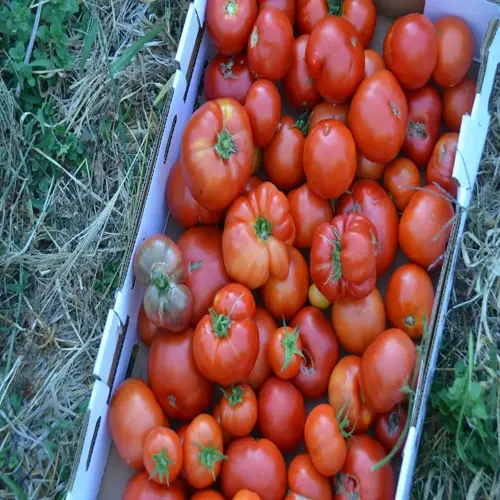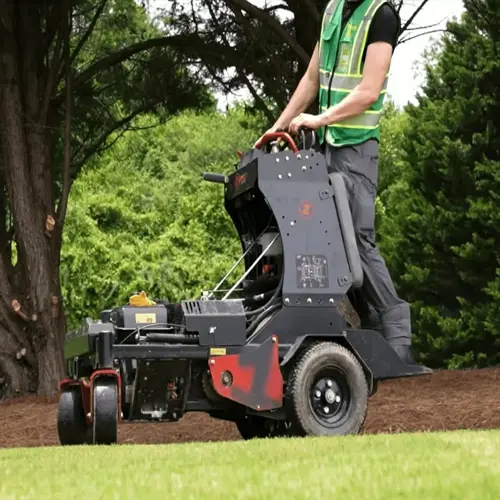What kills tomato plants quickly?

Written by
Kiana Okafor
Reviewed by
Prof. Martin Thorne, Ph.D.Tomato plants can unexpectedly die from various sudden and aggressive threats that need immediate intervention. Bacterial wilt causes plants to wilt over a few days without warning. Severe root rot often goes unnoticed, as it suffocates roots in poorly drained soil. Herbicide drift or chemical burns take out plants overnight. I lost a row of tomatoes from tainted compost last year. A rapid temperature spike above 100°F caused the plant to die a slow death. Advanced late blight can wipe out entire crops in conditions that are just humid enough.
Above-Ground Threats
- Bacterial wilt: Sudden collapse with green leaves
- Herbicide damage: Twisted growth overnight
- Late blight: Rapid blackening of foliage
- Cut stems to check bacterial ooze
- Isolate affected plants immediately
Below-Ground Threats
- Root rot: Mushy brown roots with foul smell
- Nematode overload: Swollen root knots
- Chemical contamination in soil
- Dig carefully around root zone
- Test drainage with percolation test
Take immediate action with emergency measures. Uproot any plants affected by bacterial wilt and remove the surrounding soil. Disinfect your cutting tools with a bleach solution after every cut. For root rot, stop watering and use tools to aerate the soil. I use a garden fork to mix the soil and create air channels. Store soil contaminated with herbicide and flush it out first with activated charcoal. Cover your plants during temperature surges and remove them when safe. Use copper fungicide at the first sign of late blight.
You can prevent rapid killers with some preventative work. Check soil drainage before planting. Do crop rotation if problems arise with the nightshade family. Build windbreaks to protect against herbicide drift. I plant trap crops around my tomatoes. Select resistant varieties (like Defiant) for blight protection. I have weather monitors that notify me if temperatures reach a certain threshold. Taking each of these steps will help identify and mitigate near-sudden deaths.
Try to recover a plant whenever possible. For slight root rot on a plant, introduce friendly mycorrhizae. To treat a chemical burn, flush the affected area with large volumes of water. I apply sifted compost tea every two days to enrich the soil with friendlier nutrients. I prune the struggling plant hard. Give the plant shade during recovery. Record the plant's response in a garden journal. With intensive care, some plants recover within 10 to 14 days.
Read the full article: 10 Common Tomato Diseases and Prevention Tips

